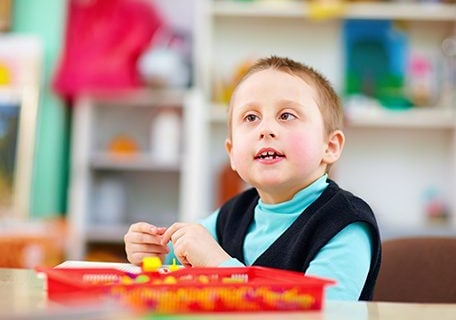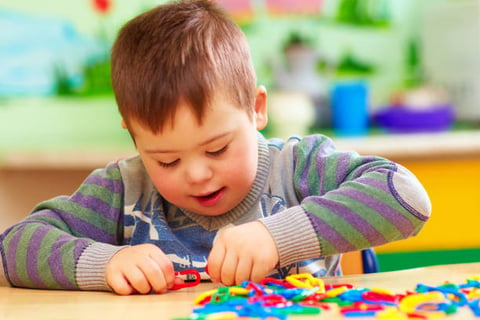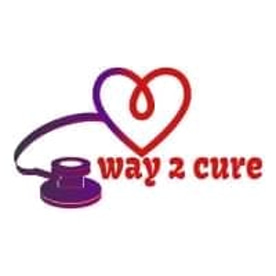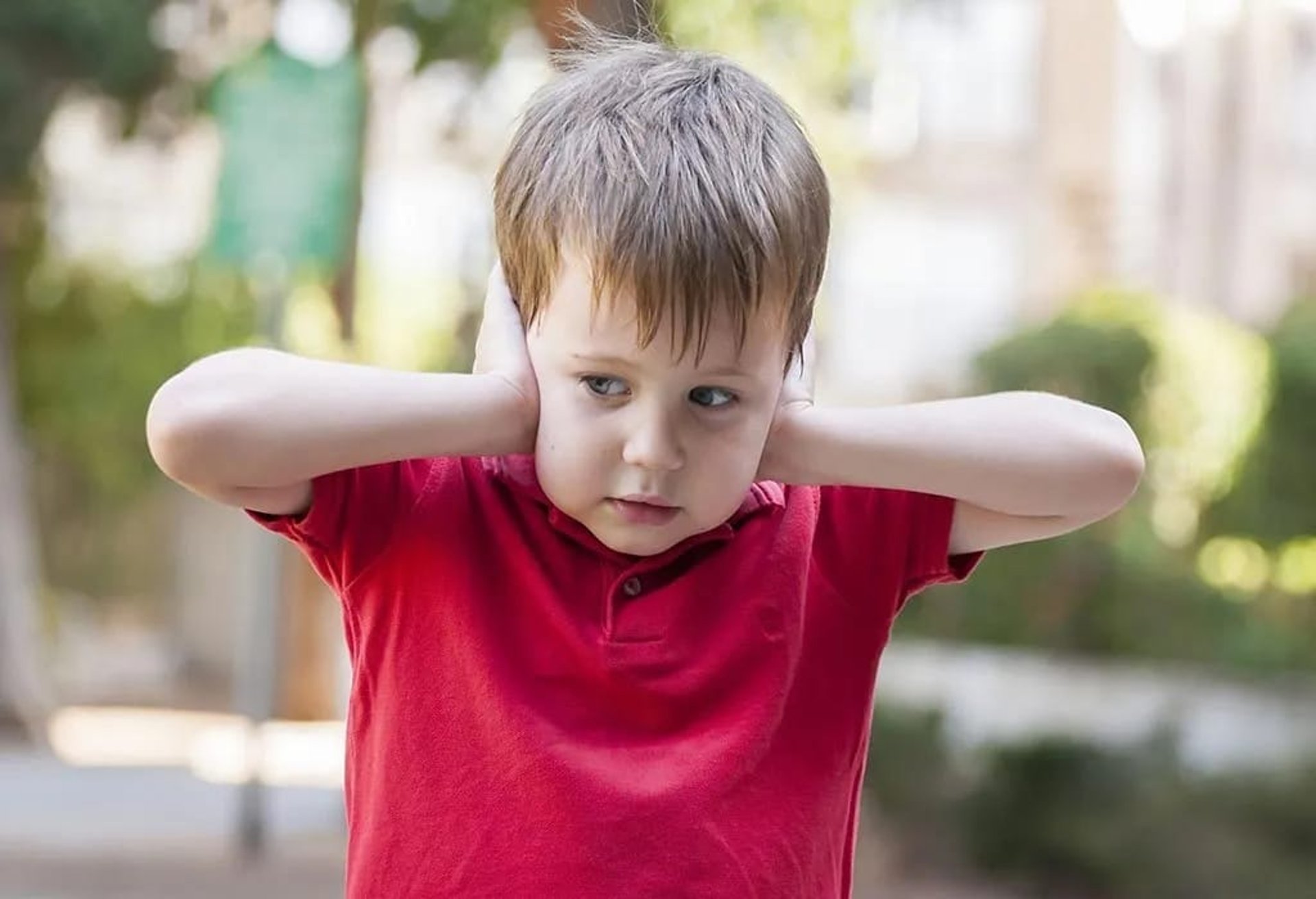
Cure Autism


AUTISM CURE
Acupressure is a therapeutic technique deeply rooted in ancient Chinese medicine that focuses on applying pressure to specific points on the body. This practice alleviates pain, promotes relaxation, and enhances overall well-being. While it shares similarities with acupuncture, acupressure uses finger pressure or specialized tools rather than needles. As a non-invasive method, acupressure has garnered attention in recent years for its potential health benefits, making it an appealing option for those seeking alternative therapies. By stimulating the body’s natural healing processes, acupressure can provide relief from various ailments while promoting a sense of balance and harmony within the body. This ancient practice thrives in modern wellness routines, highlighting its enduring relevance in holistic health.
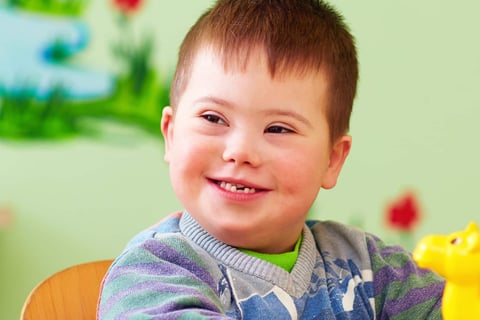

THE SPECTRUM OF AUTISM
Autism spectrum disorder (ASD) encompasses a diverse array of symptoms and severity levels, highlighting the unique experiences of each individual affected by the condition. Some individuals may display mild symptoms that allow them to navigate daily life with relative ease, while others face more significant challenges that impact their social interactions and communication skills. The spectrum also incorporates conditions that were once classified separately, such as Asperger's syndrome, pervasive developmental disorder not otherwise specified (PDD-NOS), and childhood disintegrative disorder. This broad classification underscores the importance of understanding autism as a multifaceted condition, requiring tailored approaches to support and intervention based on each person’s specific needs.
THE SPECTRUM OF AUTISM
Individuals with autism often display a combination of the following core characteristics: -
SOCIAL COMMUNICATION CHALLENGES –
Difficulties with understanding and using verbal and nonverbal communication. This can include problems with eye contact, facial expressions, and body language. And initiating of maintaining conversations.
REPETITIVE BEHAVIORS: -
Engaging in repetitive actions, routines on rituals. This might involve sticking to strict schedules, liming up objects, or repeating words or phrases.
RESTRICTED INTERESTS: -
Having intense or obsessive interests in a specific can be marrow, unusual, or deeply fused.
SENSORY SENSITIVITIES: -
Experiencing heightened or reduced sensitivity to stimuli such as sounds, textures lights, or smells. This can lead to sensory overload on avoidance.




CAUSES OF AUTISM
The exact causes of autism remain a subject of ongoing research. However, current understanding suggests that a combination of genetic and environmental factors likely contributes to its development.
•GENETIC FACTORS: - Studies have identified numerous genes that are associated with an increased risk of autism. These genes can influence the brain. Development and function.
•ENVIRONMENTAL FACTORS: - While research is still ongoing some environmental factors may play a role in the development of autism. They include exposure to certain chemicals, advanced maternal age, and certain medical conditions during Pregnancy.


DIAGNOSIS AND ASSESSMENT
Diagnosing autism involves a comprehensive evaluation by a qualified healthcare professional. Such as a pediatrician, developmental Pediatrician, or psychologist. The diagnosis typically includes.
• OBSERVATION: - Observing the child's behavior in various settings, including home. School and play.
•PARENT INTERVIEWS: - Gathering information about the child's development, communication, and behavior from Parents or caregivers.
•STANDARDIZED ASSESSMENTS: - Administering standardized tests to assess cognitive, and language. And social skills.
•MEDICAL EVALUATION: - Ruling out other medical conditions that may mimic autism symptoms.
AUTISM AND INCLUSION
Promoting inclusion and acceptance of individuals with autism is essential for creating an inclusive society. This involves raising awareness, and challenging stereotypes. And advocating for policies that support the rights and well-being of People with autism.
